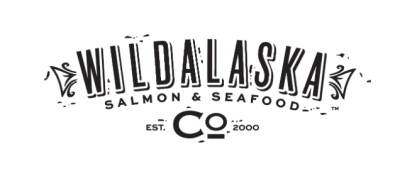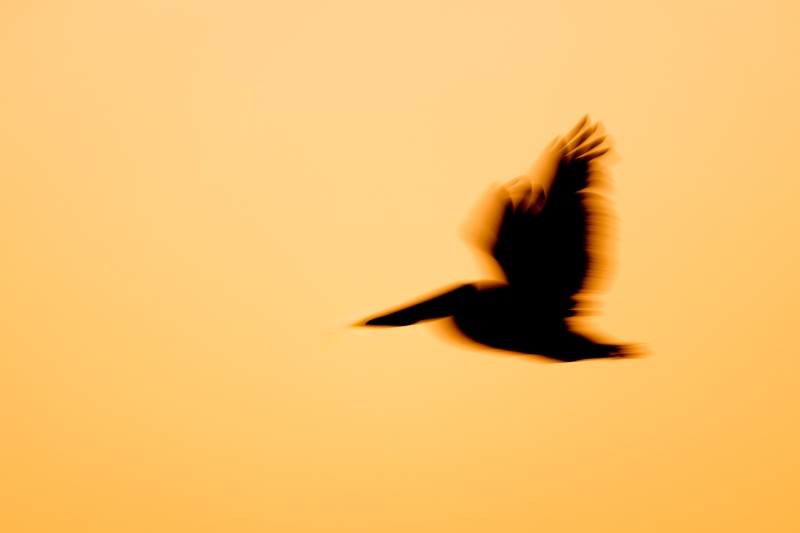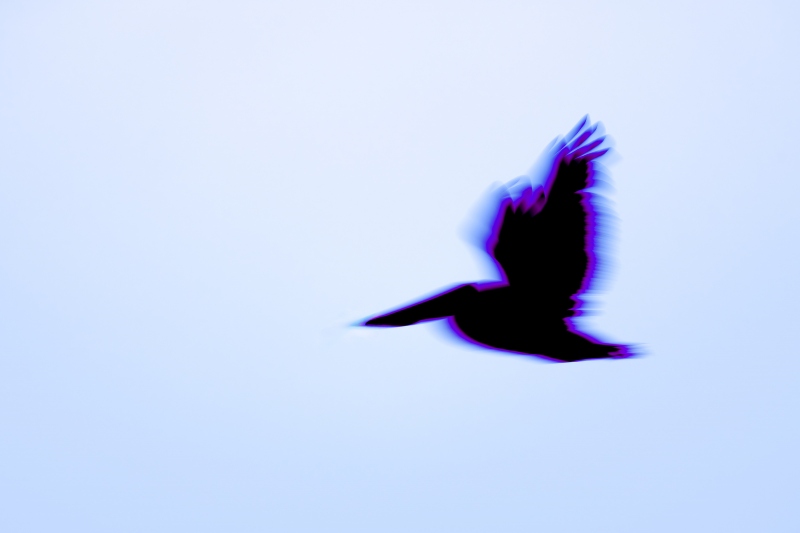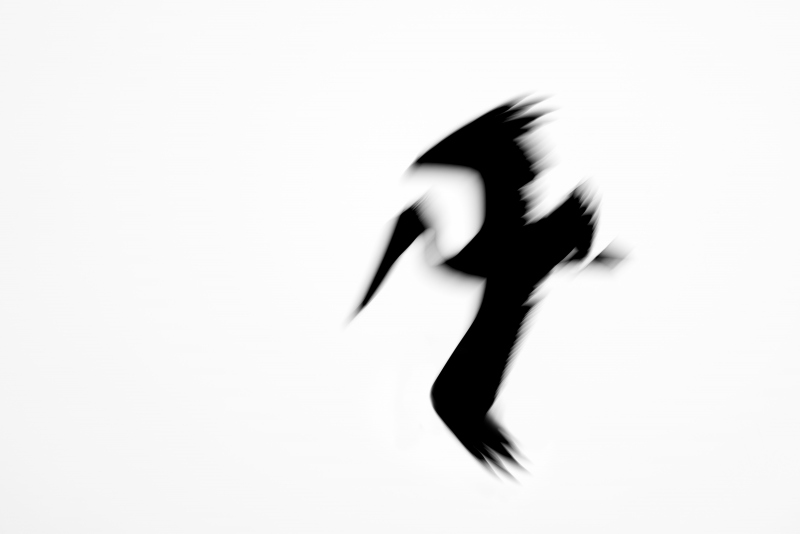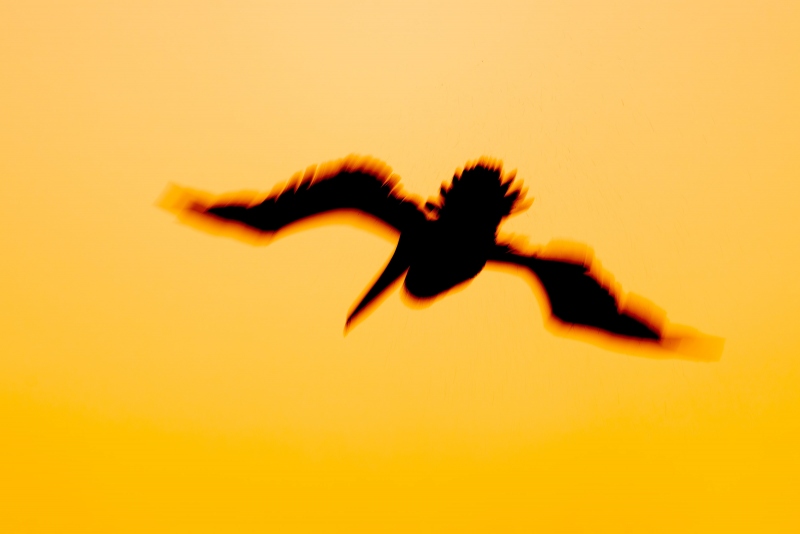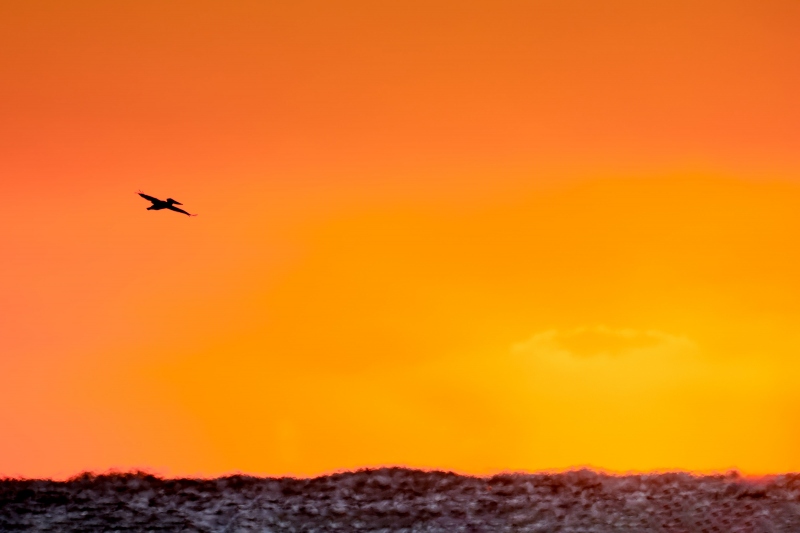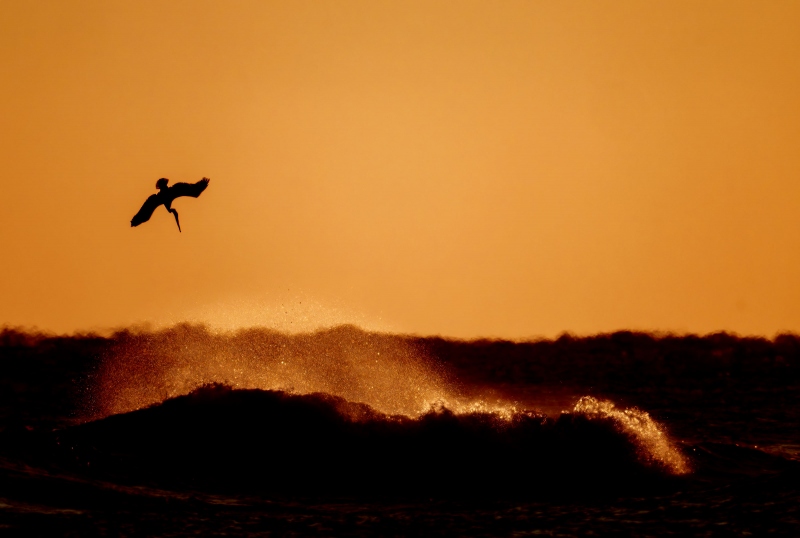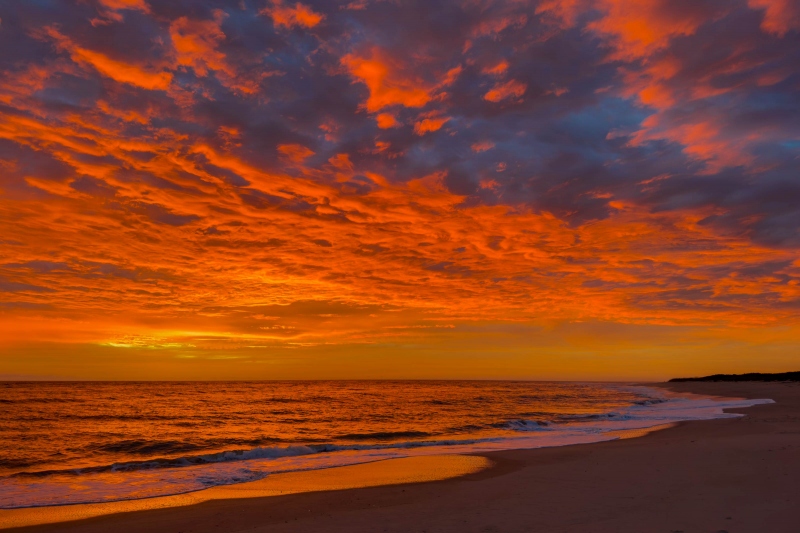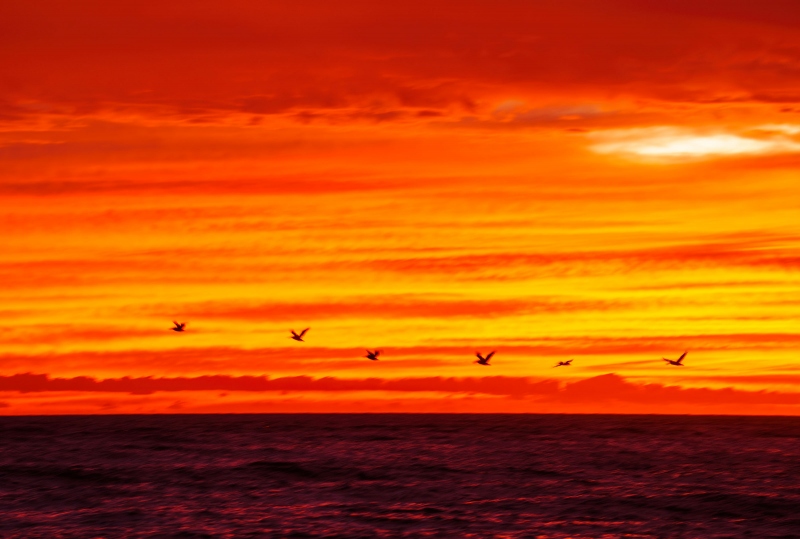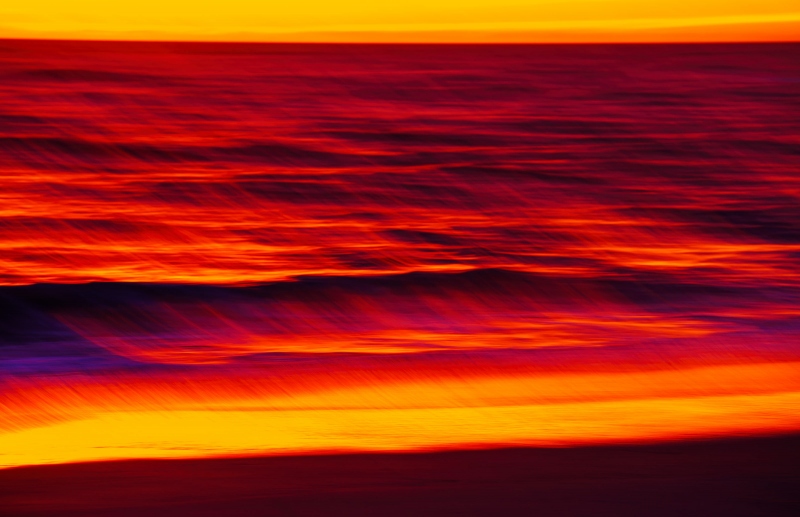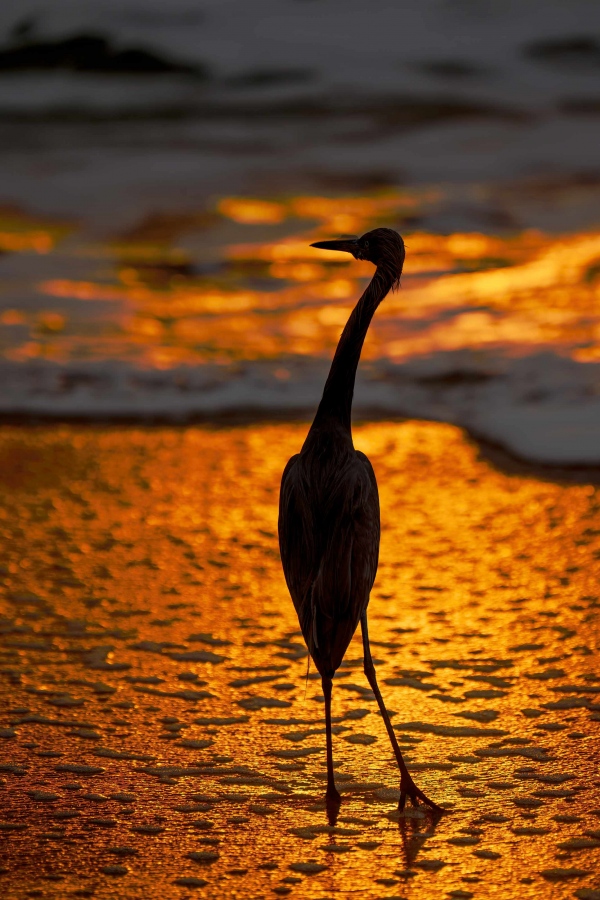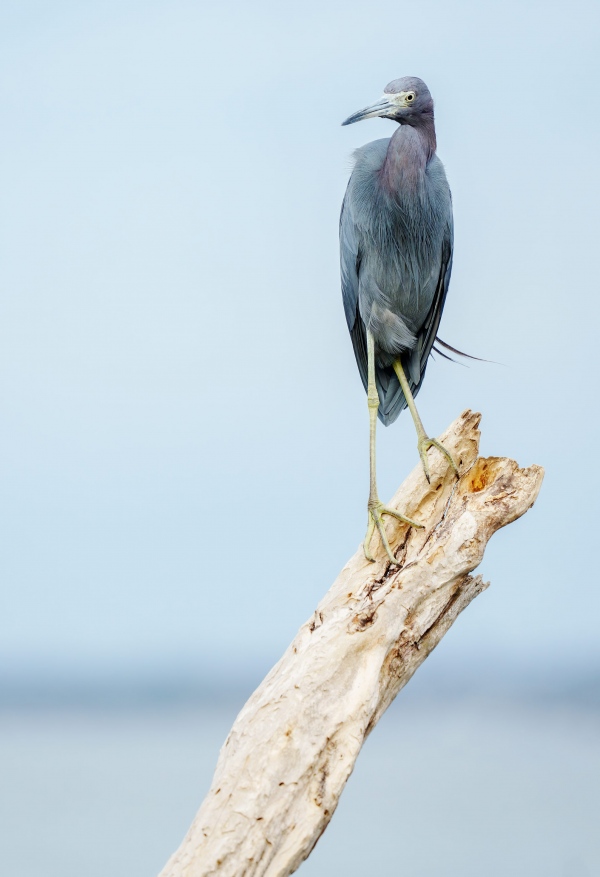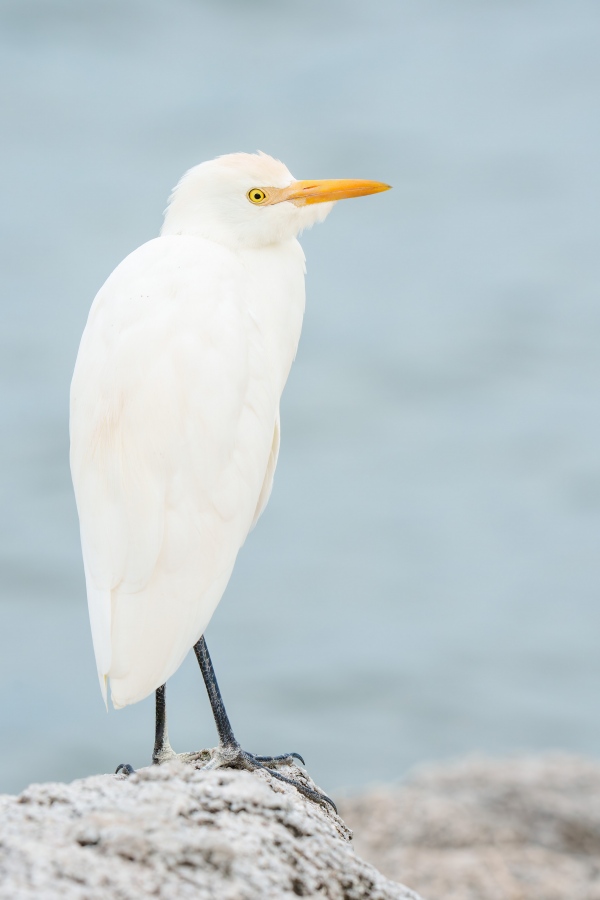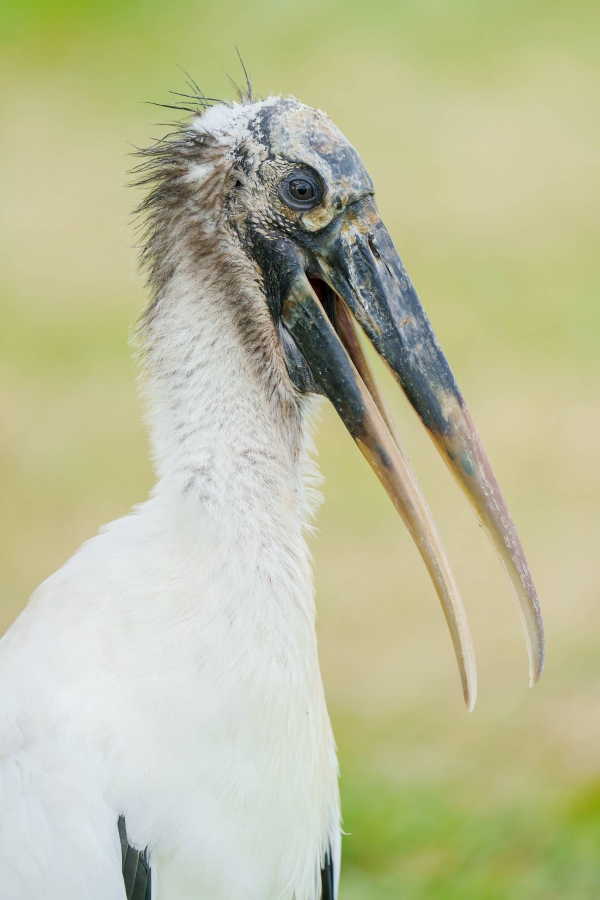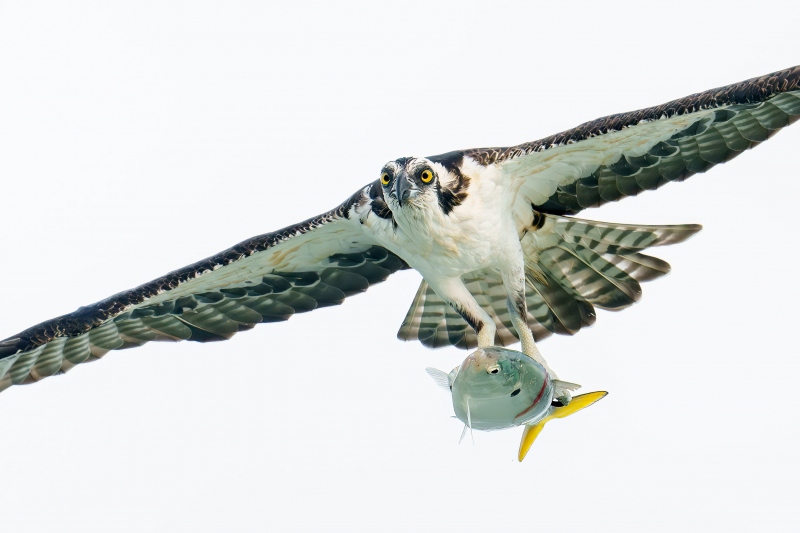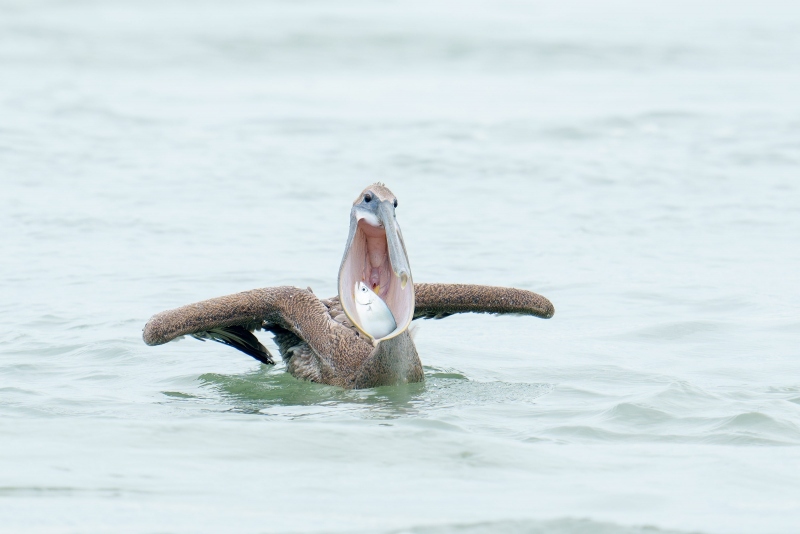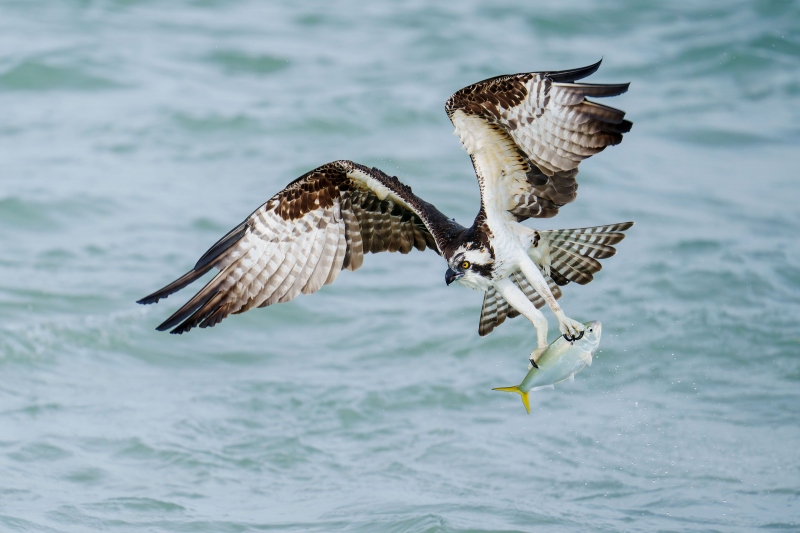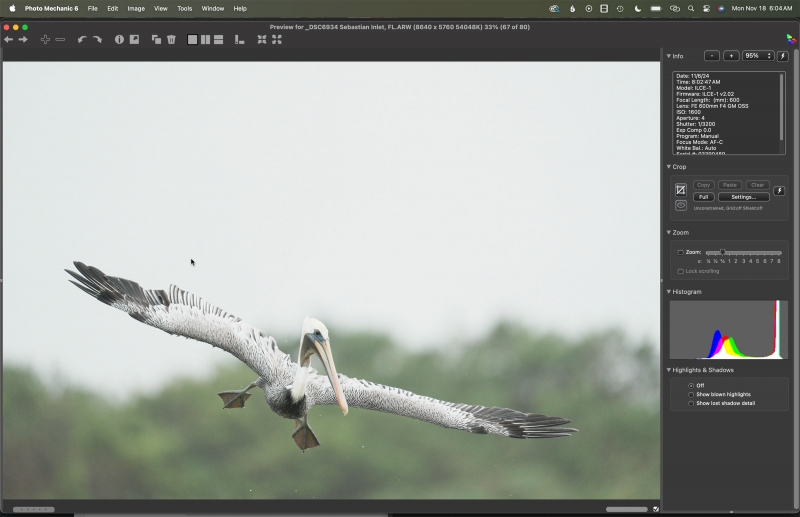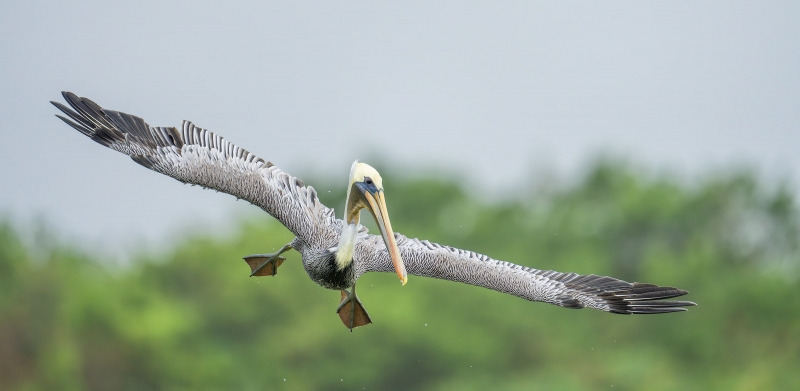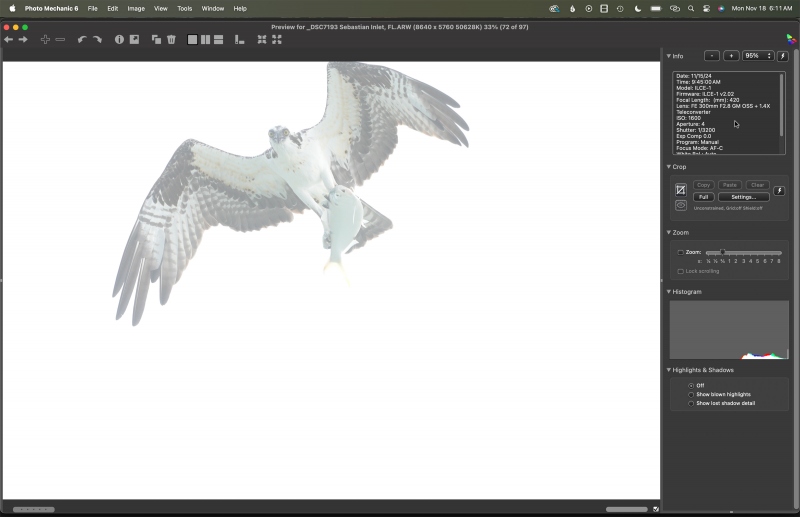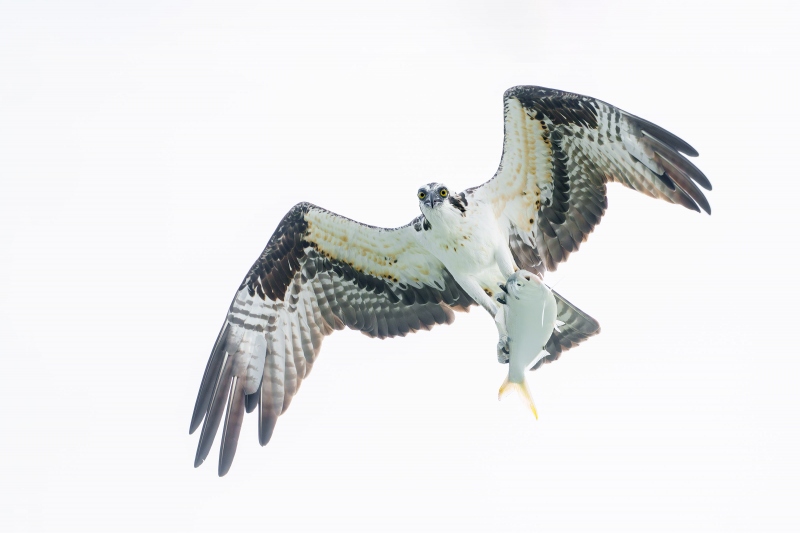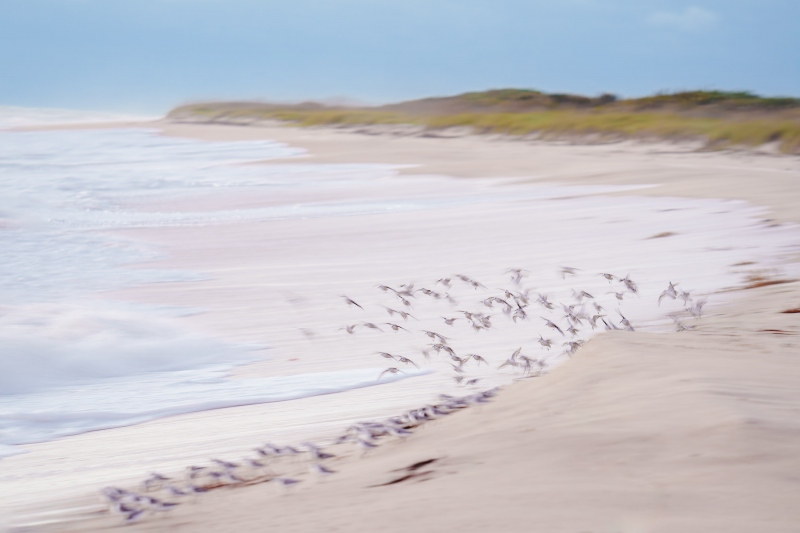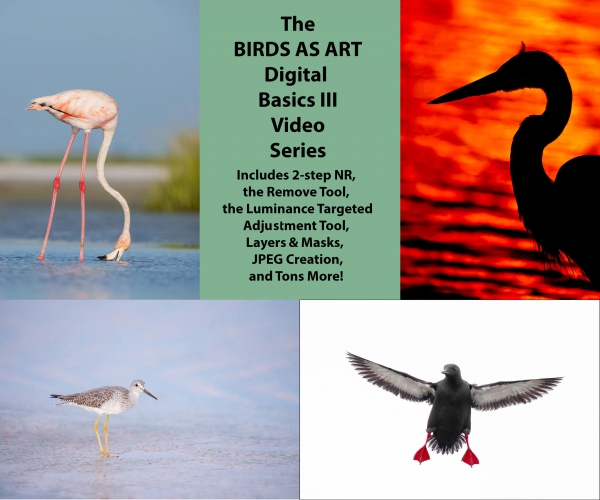November 24th, 2024 Your Call?
You know the drill by now. Be a mensch and leave a comment letting everyone know which image you think is the strongest and why you made your choice.
Sony Alpha 1 (a-1)
Used Gear Page regular and BAA friend Anthony Ardito is offering a (firmware v2.02) Sony A-1 camera body in like-new condition for a ridiculously low $3,396.00. The sale includes a like-new Sony VG-C4EM Vertical Grip (a $348.00 value), the original product boxes, the owner’s manual, the USA warranty card, the camera strap, one battery and charger, the cords, and insured ground shipping via major courier to lower-48 US addresses only. Your item will not ship until your check clears unless other arrangements are made.
Please contact Anthony via email at e-mail.
Simply put, the a-1 is the best camera body I have ever used. By far. It features a science-fiction-like AF system with Bird Face/Eye tracking that produces stunningly sharp 51- MP raw files with rich colors. I currently own two of them and used them both non-stop on my recent 26-day Sebastian Inlet trip. After a $1,000.00 price drop, they are selling new right now at B&H for $5498.00. Grab Anthony’s pretty much new a-1 with the vertical grip and save a handsome $2,500.00. artie
What’s Up?
Winter came early to central Florida. On Friday morning, we woke to clear skies with a brisk northwest winds. And a rather chilly 44° Fahrenheit! I knew that those conditions would be beyond terrible for morning bird photography with the wind blowing right at the sun. Those conditions, however, are perfect for pre-dawn and sunrise silhouettes. I knew that two spots might work. The four amigos decided on the Northwest Pool. The bright orange glow sunrise was gorgeous but our views were blocked by the bridge. We did OK, and then moved to the SE corner of the small bay. Steve and I opted to get our feet wet and get on sun angle while Elisabeth and Bob opted to stay dry. The in-the-water warriors had some good chances on a Caspian Tern fishing in the early morning light. I will share the single best of those images on the blog with you here at some point. I shot 1200mm the whole morning.
With the wind from the west and sunny skies that same afternoon I knew exactly where we needed to be. We did great with several wading bird species
catching baitfish at fairly close range, lots of cooperative Wood Storks, and tern and pelican flight. I shot 1200mm the whole afternoon.
Our somewhat failed experience that morning led us to the South Jetty on Saturday morning. Conditions were virtually identical, but just a bit colder! We left 15 minutes earlier than the day before and that turned out to be the right move as we were greeted in the pre-dawn by a few dozen pelicans fishing between us and the sunrise. A fisherman fought and landed a 5-foot Black-tipped Reef Shark that (quite amazingly) hit a pencil popper, a lure that splashes as it is pulled along the surface. Elisabeth and Bob could not resist so they headed down the beach to photograph the blessed event and the release of the shark.
Steve Shore and I stayed with the pelicans. I shot 1200mm the whole morning. Everyone including and especially me learned a ton and made some good images. I share my favorites of those with you here in this blog post.
We were back in the AirBnb early on getaway day. After breakfast we all finished packing up and cleaning the joint. Bob and I drove back to Indian Lake Estates while the Shores drove to MCO for their non-stop flight to Dallas.
Incredibly, after 26 straight days of great bird photography at Sebastian, Bob Eastman and I headed down to the lake at ILE for sunset on Saturday night. We were blessed with a Great Egret on The Perch II. Shooting from the car at 840mm, I finally got the better of Bob when the bird took flight into another orange marmalade sky. Photos soon.
Today is Sunday 24 November 2024. I am pretty sure that most will not be shocked to learn that Bob and I headed down to the lake early. It is 8:37am now as I get to finishing this post. When you are hot, you are hot. We began our morning doing backlit fire-in-the-mist vulture tree-scapes followed by Sandhill Crane backlit fire-in-the-mist silhouettes follow by a perch Osprey in early morning light followed by backlit Turkey Vulture wing feather patterns. Breakfast will come after I hit Publish.
Please remember to use the B&H links that are found on most blog pages and to use the BIRDSASART discount code at checkout when purchasing your new gear from Bedfords to get 3% back on your credit card and enjoy free second-day air FedEx. Please, also, consider joining a BAA IPT. You will be amazed at how much you will learn!
If an item — a Delkin flash card, or a tripod head — for example, that is available from B&H and/or Bedfords, is also available in the BAA Online Store, it would be great, and greatly appreciated, if you would opt to purchase from us. We will match any price. Please remember also to use my B&H affiliate links or to earn 3% cash back at Bedfords by using the BIRDSASART discount code at checkout for your major gear purchases. Doing either often earns you free guides and/or discounts. And always earns my great appreciation.
Supporting My Efforts Here
If you enjoy and learn from the blog, are all set for gear, or live overseas, consider leaving a BAA Blog Thank You Gift here.
If you enjoy and learn from the blog, please consider using one of my affiliate links when purchasing new gear. It will never cost you a single penny. To support my effort here, please order from B&H by beginning your search here. Or, click here, to order from Bedfords and enter the discount code BIRDSASART at checkout to receive 3% cash back to your credit card and enjoy free Second-Day Air Fed-Ex shipping. It is always best to write for advice via e-mail.
In many cases, I can help you save some serious dollars. And/or prevent you from purchasing the wrong gear from the wrong shop.
Sony a-1 II Pre-order Info Updated
Those who wish to receive my Sony a-1 II settings for free in the form of a CAMSET.DAT file with instructions and an explanatory Buttons and Dials Guide should pre-order from one of my affiliate programs as below.
To pre-order your Sony a-1 II from B&H, you must use this link and only this link at or after 9:30am Eastern time today, 20 November 2024:
Sony a-1 II
Once your camera ships, you must send me your B&H receipt to me via e-mail.
If you were on the B&H please-notify-me list and order using a link that they sent you, I will not receive the credit and you will not receive my camera set-up guide information for free.
Those who prefer more personalized service, a far shorter wait list, enjoy free second day air FedEx, and receive 3% back on their credit card when their a1 II ships should to visit the Bedford website here, at or after 9:30am today, search for the Sony a-1 II, pre-order they camera body, and enter the BIRDSASART discount. There is no need to e-mail Steve Elkins.
Thanks to those who pre-order using one of my affiliate links and for the faith they place in the information provided by BIRDS AS ART.
|
|
|
Fresh caught Alaskan seafood caught sustainably. Save $20 on your first order by clicking here.
|
Wild Alaska Salmon and Seafood Company
Ever since my two daughters sent me a big box of salmon filets and sea scallops from Wild Alaska Salmon and Seafood Company for my birthday a few years ago, I have been ordering salmon and scallops from them. Now that Junior’s Fish Market in Lake Wales is closing, I will be depending on Wild Alaska every month. I always order Sockeye filets and the Sea Scallops. The stuff comes frozen solid, is easy to prepare, and tastes pretty much as good as the fresh stuff would.
You can save $20 on your first order by clicking here. Eating wild caught seafood is about as healthy as you can go. The scallops are a real treat. When you sear them, be sure to cook them in the liquid that comes in the bag and be sure not to overcook them. I bake or broil the lightly seasoned salmon filets skin side down in olive or coconut oil.
Buy Direct from the Fisherman
Captain Tony has been fishing in Alaska since 1990. Wild Alaska is famous for their wild caught Sockeye and King Salmon! All of our other fish, including Ahi Tuna, Shrimp, Scallops, Cod, etc., are responsibly sourced, caught the right way and closely inspected by Capt. Tony to meet our high standards of quality and freshness. They catch and process all 5 species of wild pacific salmon, and source our other seafood products from high quality sustainable fisheries.
The stuff tastes great and is good for you. Internet orders to the continental United States are shipped from their fulfillment center in the Midwest allowing their seafood products to reach US customers in perfect condition. The flavor and texture of their salmon and other products remain fresher than fresh is because the stuff is frozen the same day it is caught.
Learn more and check out some neat salmon and scallop images in the blog post here.
|
|
|
This image was created on 23 November 2024 at Sebastian Inlet, FL on the Sebastian Inlet Ospreys and More Extended IPT. Standing at full height on the South Jetty, I used the Robus RC-5570 Vantage Series 3 Carbon Fiber Tripod/Levered-Clamp FlexShooter Pro-mounted BLUBB-supported Sony FE 600mm f/4 GM OSS lens, the Sony FE 2.0x Teleconverter, and The One, the Sony Alpha 1 Mirrorless Digital Camera). The exposure was determined via Zebra technology with Exposure Compensation on the thumb dial. Shutter Priority +2.0 stops. AUTO ISO set ISO 400: 1/30 sec. at f/8 (wide open). When evaluated in RawDigger, the raw file exposure was determined to be dead-solid perfect. AWB at 6:31:27am roughly 18 minutes before sunrise on a clear day, just 7 minutes after first light!
Tracking: Zone AF-C with Bird Face/Eye detection enabled performed perfectly even at 1200mm. Be sure to click on the image to enjoy a high-res version.
Image #1: Brown Pelican pre-dawn flight blur
|
Shutter Priority and 1200mms Rock!
As you learned (or re-learned) in the Shutter Priority — Please Do Not Tell Me That Real Photographers Must Use Manual Mode 100% of the Time blog post here, working in Shutter Priority with AUTO ISO and Exposure Compensation on the Thumb Dial is usually the most efficient way to work at sunrise and sunset. Another plus is that it is super-simple to vary your shutter speeds when creating pleasingly blurred images in low light. You only have one parameter to change; the camera takes care of everything else.
I will be sharing Bob Eastman’s amazing discovery that makes switching from Manual mode to Shutter Priority with AUTO ISO and Exposure Compensation on the Thumb Dial with the Sony a-1 with my Sony Info and Updates e-mail group soon. It is a real time saver.
On Friday morning, Friday afternoon, and Saturday morning, I need took the 2X teleconverter off my 600mm lens. And I never took my 1200mm rig off the tripod (except when moving from one spot to another). The results have been beyond outstanding. Strange considering that many folks opt to never add even a 1.4X TC to the mix. More soon on that topic.
|
|
|
This image was created in Photoshop from Image #1 above.
Image #2: Brown Pelican pre-dawn flight blur (purple trim version)
|
Messing Around in Photoshop
Most of this funkiness was created by changing the Color Temperature and moving the sliders in Color Mixer.
|
|
|
This image was also created on 23 November 2024 at Sebastian Inlet, FL on the Sebastian Inlet Ospreys and More Extended IPT. Standing at full height on the South Jetty, I used the Robus RC-5570 Vantage Series 3 Carbon Fiber Tripod/Levered-Clamp FlexShooter Pro-mounted BLUBB-supported Sony FE 600mm f/4 GM OSS lens, the Sony FE 2.0x Teleconverter, and The One, the Sony Alpha 1 Mirrorless Digital Camera). The exposure was determined via Zebra technology with Exposure Compensation on the thumb dial. Shutter Priority +2.0 stops. AUTO ISO set ISO 640: 1/30 sec. at f/8 (wide open). When evaluated in RawDigger, the raw file exposure was determined to be perfect. AWB at 6:31:57 am roughly 18 minutes before sunrise on a clear day, just 7 minutes after first light! And 30 seconds after Image #1 was created.
Tracking: Zone AF-C with Bird Face/Eye detection enabled performed perfectly even at 1200mm. Be sure to click on the image to enjoy a high-res version.
Image #3: Pterodactyl Brown Pelican pre-dawn flight blur
|
Pterodactyls
Pterodactyls are rarely seen in flight over the Atlantic Ocean anymore. But when working at slow shutter speeds as a Brown Pelican turns in flight to begin a dive, the resemblance can be eerie.
Note: the primaries of the left wing were replaced by the primaries of the right wing using a flopped Quick Mask that was first rotated and warped and then refined after the addition of a regular layer mask.
Diving versus Flapping
You never want to try to create a pleasing blur of a single, gliding pelican. A singe flapping bird can be decent as with Image #1. But making images as they begin to run upside down and dive is the bomb, as in Images #3 and #4. Notice that I increased my blur speed from 1/30 to 1/60 second for this one.
|
|
|
This image was also created on 23 November 2024 at Sebastian Inlet, FL on the Sebastian Inlet Ospreys and More Extended IPT. Still standing at full height on the South Jetty, I used the Robus RC-5570 Vantage Series 3 Carbon Fiber Tripod/Levered-Clamp FlexShooter Pro-mounted BLUBB-supported Sony FE 600mm f/4 GM OSS lens, the Sony FE 2.0x Teleconverter, and The One, the Sony Alpha 1 Mirrorless Digital Camera). The exposure was determined via Zebra technology with Exposure Compensation on the thumb dial. Shutter Priority +2.0 stops. AUTO ISO set ISO 500: 1/500 sec. at f/8 (wide open). When evaluated in RawDigger, the raw file exposure was determined to be dead solid perfect. AWB at 6:48:17am right at the time of sunrise on a dead clear day.
Tracking: Zone AF-C with Bird Face/Eye detection enabled performed perfectly even at 1200mm. Be sure to click on the image to enjoy a high-res version.
Image #5: Brown Pelican in orange marmalade sunrise sky
|
Orange Marmalade Sunrise Sky Color
Sunrise on Sunday reminded me of Bosque deal Apache NWR on a cold clear morning. When it used to be good. Wherever you are, you need to arrive very early in order to enjoy the orange pre-dawn glow that intensifies as sunrise approaches. Note that by working in Shutter Priority with AUTO ISO and Exposure Compensation on the Thumb Dial that it took only a moment to go from a blur speed (1/30 or 1/60 sec.) to a quasi-sharp (for distant subjects) shutter speed — 1/500 sec.
|
|
|
This image was also created on 23 November 2024 at Sebastian Inlet, FL on the Sebastian Inlet Ospreys and More Extended IPT. Still standing at full height on the South Jetty, I used the Robus RC-5570 Vantage Series 3 Carbon Fiber Tripod/Levered-Clamp FlexShooter Pro-mounted BLUBB-supported Sony FE 600mm f/4 GM OSS lens, the Sony FE 2.0x Teleconverter, and The One, the Sony Alpha 1 Mirrorless Digital Camera). The exposure was determined via Zebra technology with Exposure Compensation on the thumb dial. Shutter Priority +1.3 stops. AUTO ISO set ISO 2500: 1/4000 sec. at f/8 (wide open). When evaluated in RawDigger, the raw file exposure was determined to be dead solid perfect. AWB at 7:05:07am about 15 minutes after sunrise on a dead clear day.
Tracking: Zone AF-C with Bird Face/Eye detection enabled performed perfectly even at 1200mm. Be sure to click on the image to enjoy a high-res version.
Image #6: Brown Pelican in orange marmalade sunrise sky
|
Discovering Victory at Sea
Once the sun had been up for a while, I advised the group to concentrate on the bright sky below and left or right of the sun and to try to create some breaking wave-scapes. As I explored the ocean through the lens at 1200m, I noticed that there were some distant pelicans fishing just above the waves. For Image #6, I was able to combine a diving pelican with a backlit breaking wave-scape.
The spray being blown of the tops of the breaking waves is properly called spindrift. Any foam on the surface of the water is called spume.
Home Early
We were actually headed back to the AirBnB by 7:30am on Saturday after enjoying some excellent backlit chances including both blurred and sharp opportunities, I had to laugh as we were leaving as we encounter several photographers showing up to photography diving Ospreys in an utterly impossible wind against sun situation,.
Typos
With all blog posts, feel free to e-mail or to leave a comment regarding any typos or errors.
.
November 22nd, 2024 Your Call?
Which three of today’s nine featured images do you think are the strongest? If you have a moment, please let us know why you made your choices. Much appreciated. Please put the best one of the three first, and so on.
|
|
From an i-Phone 15+ raw file
Image #1: November 20, 2024 sunrise
|
What’s Up?
On Wednesday morning past, the forecast was for rain and more rain so we decided to leave the AirBnB 15 minutes later than our usual 5:45am. I woke wide awake at 2:30am and could not get back to sleep. I checked weather.com and noted that it was supposed to be clear at 6:00am and then become cloudy. To me, it seemed like a perfect recipe for a mega sunrise. So, I got everyone up and moving and we headed for the inlet at 5:50am. When we pulled into the South Jetty Parking lot there was a huge orange glow in the sky to the east and to the south. “Grab your 70-200s,” I shouted. We got to the beach about 10 minutes before the peak of color and went to work. As you can see, the sky color was gloriously amazing.
As the color began to fade, the date, November 20, hit me. My beloved wife Elaine died exactly thirty years ago to the day, November 20 1994. The sunrise was a gift of love from her. And BTW, she died at 2:30am eastern time. That explained why I had woken so early that morning.
The rest of the day was one blessing after another. The inlet was dead, so the four of us, Steve and Elisabeth Shore, Bob Eastman, and I, took a ride past the campground and found some subjects that were ideal for going over the basic with Elisabeth. And the rest of the gang as well.
After an hour, Bob said, “Hey, the Ospreys are diving on the south side of the bridge.” We hightailed it there and enjoyed two hours of non-stop action photography. Not only were the Osprey diving, they were catching. At times, we had two or three birds in the water at the same time. Keep reading to learn more about this great day and my miracle afternoon good luck below.
As I had forgotten Elaine’s birthday, I wrote her son Mitchell and learned that it was February 25, 1943. Had she lived, she would have been eighty. When I shared her birth date with the group, Bob Eastman said, “I was also born on February 25th.” I was totally amazed.
Sandy Calderbank joined us for Thursday morning and things were looking terrible with the chilly NW wind, but the clouds persisted for much longer than had been forecast so we did OK. A small flock of White Pelicans provided us with some good chances, and I discovered a first winter Franklin’s Gull (rare in Florida in fall) at the NW Pool.
Thanks to the fifteen or so folks who have already used one of my two links to purchase their new a-1 II bodies.
We stayed in that afternoon and Elisabeth prepared a sumptuous feast of Swedish meatballs and spaghetti for Steve and me. Sandy kindly took Bob out to dinner
Anyhoo, our 3+ week run of great morning wind and weather is coming to an end today, Friday, 22 November 2024. The forecast is for clear blue skies with a brisk NW wind. Death on bird photography! Our plan is to do a short sunrise session on the beach, check out the NW Pool before the sun gets over the bridge, head home early, and try an afternoon with the wind somewhat behind us. I need to get a look at some of Steve’s images and process a few and we all need to get ready to check out of the AirBnB after another short morning session tomorrow.
Please remember to use the B&H links that are found on most blog pages and to use the BIRDSASART discount code at checkout when purchasing your new gear from Bedfords to get 3% back on your credit card and enjoy free second-day air FedEx. Please, also, consider joining a BAA IPT. You will be amazed at how much you will learn!
If an item — a Delkin flash card, or a tripod head — for example, that is available from B&H and/or Bedfords, is also available in the BAA Online Store, it would be great, and greatly appreciated, if you would opt to purchase from us. We will match any price. Please remember also to use my B&H affiliate links or to earn 3% cash back at Bedfords by using the BIRDSASART discount code at checkout for your major gear purchases. Doing either often earns you free guides and/or discounts. And always earns my great appreciation.
Supporting My Efforts Here
If you enjoy and learn from the blog, are all set for gear, or live overseas, consider leaving a BAA Blog Thank You Gift here.
If you enjoy and learn from the blog, please consider using one of my affiliate links when purchasing new gear. It will never cost you a single penny. To support my effort here, please order from B&H by beginning your search here. Or, click here, to order from Bedfords and enter the discount code BIRDSASART at checkout to receive 3% cash back to your credit card and enjoy free Second-Day Air Fed-Ex shipping. It is always best to write for advice via e-mail.
In many cases, I can help you save some serious dollars. And/or prevent you from purchasing the wrong gear from the wrong shop.
Sony a-1 II Pre-order Info Updated
Those who wish to receive my Sony a-1 II settings for free in the form of a CAMSET.DAT file with instructions and an explanatory Buttons and Dials Guide should pre-order from one of my affiliate programs as below.
To pre-order your Sony a-1 II from B&H, you must use this link and only this link at or after 9:30am Eastern time today, 20 November 2024:
Sony a-1 II
Once your camera ships, you must send me your B&H receipt to me via e-mail.
If you were on the B&H please-notify-me list and order using a link that they sent you, I will not receive the credit and you will not receive my camera set-up guide information for free.
Those who prefer more personalized service, a far shorter wait list, enjoy free second day air FedEx, and receive 3% back on their credit card when their a1 II ships should to visit the Bedford website here, at or after 9:30am today, search for the Sony a-1 II, pre-order they camera body, and enter the BIRDSASART discount. There is no need to e-mail Steve Elkins.
Thanks to those who pre-order using one of my affiliate links and for the faith they place in the information provided by BIRDS AS ART.
|
|
|
This image was created on 11 November 2024 on the Sebastian Inlet Ospreys and More Extended IPT. Standing on the beach in awe, I used the handheld Sony FE 70-200mm f/2.8 GM OSS II lens (at 200mm) and The One, the Sony Alpha 1 Mirrorless Digital Camera.. The exposure was determined via Zebras with ISO on the Thumb Dial. ISO 400: 1/30 sec. at f/4 (stopped down one stop in error) in Manual mode. AWB at 6:30:05am about sixteen minutes before sunrise.
Tracking: (center) Zone AF/C with Bird-Eye/Face Detection performed perfectly. Click on the image to enjoy a high-res version.
Image #2: Brown Pelicans in flight at sunrise
|
Getting the Sunrise Exposure Right
With the bright yellows and super-saturated reds, I knew from experience that we needed to shoot at about the metered exposure (rather than adding light as is usual) to avoid over-exposing those colors. The 70-200 turned out to be perfect for this killer situation, as did my exposure advice.
|
|
|
This image was also created on 11 November 2024 on the Sebastian Inlet Ospreys and More Extended IPT. Standing on the beach I used the handheld Sony FE 70-200mm f/2.8 GM OSS II lens (at 108mm) and The One, the Sony Alpha 1 Mirrorless Digital Camera.. The exposure was determined via Zebras with ISO on the Thumb Dial. ISO 64: 1/8 sec. at f/4 (stopped down one stop in error) in Manual mode. AWB at 6:33:53am about thirteen minutes before sunrise.
Tracking: (center) Zone AF/C with Bird-Eye/Face Detection performed perfectly. Click on the image to enjoy a high-res version.
Image #3: Breaking waves at sunset
|
Remember to Experiment
As noted here often, it pays to try to remember to try something different when confronted with a spectacular situation. I created a very few frames at 1/8 second as there were not many breaking waves. I was, however, thrilled with this one.
|
|
|
This image was created on 5 January 2023 on a San Diego Instructional Photo-Tour at La Jolla, CA. I used the handheld Sony FE 70-200mm f/2.8 GM OSS II lens with the Sony FE 2x teleconverter (zoomed out to 360mm) and The One, the Sony Alpha 1 Mirrorless Digital Camera.. The exposure was determined via Zebra technology with Exposure Compensation (EC) on the thumb dial. Shutter Priority -0.7 stops. AUTO ISO set ISO 160: 1/400sec. at f/5.6 (wide open). AWB at 7:04:08am on a then mostly cloudy morning. RawDigger showed the exposure to be dead solid perfect.
Tracking: Zone AF/C with Bird-Eye/Face Detection performed perfectly. Click on the image to enjoy a high-res version.
Image #4: Reddish Egret surveying the scene
|
Keep On Keeping On
While the color had faded, there were still some nice reflections along the edge of the surf. I added the 2X TC to the 70-200 and opted to remain in shutter priority mode with AUTO ISO. Notice that with bright reflections, I needed some minus EC to prevent overexposure of the highlights. The key was to move constantly while trying to keep the bird centered in the bright reflections and to get close enough to keep the head out of the darker water above. This was my best effort.
|
|
|
This image was created on 20 November 2024 on the Sebastian Inlet Ospreys and More Extended IPT. Standing on the road near the campground, I used the hand held Sony FE 200-600mm f/5.6-6.3 G OSS lens (at 600mm) and The One, the Sony Alpha 1 Mirrorless digital camera. ) The exposure was determined via Zebras with ISO on the Thumb Dial. ISO 1600: 1/1250 sec. at f/6.3 (wide open) in Manual mode. AWB at 8:14:48am on a cloudy morning.
Tracking Expand Spot AF-C with Bird Face/Eye Detection performed perfectly. Be sure to click on the image to enjoy a high-res version.
Image #5: Little Blue Heron adult on small, weathered, dead-tree perch
|
Stop and Pop
We were driving back toward the jetty when we passed a Cattle Egret on the perch in Image #5. It took a few minutes to get both vehicles backed up, get out of the cars, grab our gear, and approach the bird. That then flew away. As we headed back to the vehicles, I saw that an adult Little Blue Heron fly in and land on the perch. It allowed all four of us to get close. We talked AF methods, image design, and exposure right on the spot. All four of us got some nice stuff.
|
|
|
This image was created on 20 November 2024 on the Sebastian Inlet Ospreys and More Extended IPT. Seated in the driver’s seat, just past the fishing pier, I used the hand held Sony FE 200-600mm f/5.6-6.3 G OSS lens (at 600mm) and The One, the Sony Alpha 1 Mirrorless digital camera. ) The exposure was determined via Zebras with ISO on the Thumb Dial. ISO 2000: 1/800 sec. at f/6.3 (wide open) in Manual mode. AWB at 8:19:45am on a then very cloudy morning.
Tracking: Zone AF-C with Bird Face/Eye Detection performed perfectly. Be sure to click on the image to enjoy a high-res version.
Image #6: Cattle Egret on rock
|
Car As Blind
Using your vehicle as a blind if often a great way to approach birds for the purpose of photography. With the Shore’s in the car behind me, I stopped on this bird and made a few images. I pulled up a bit and had the perfect shot lined up when a park guy picking up trash in a four wheeler passed me on the left and flushed the bird :-(. My plan had been to pull up to give Steve and Elisabeth a crack at the bird. In a few minutes we executed the drill properly on a Great Egret with Bob and I shooting from my vehicle — I would lean back so he could make a few images, and Steve and E also photographing from their vehicle. The bird was tame enough so that we all parked and got out. A Snowy Egret caught a small Mullet, flew out over the bay, and dropped the fish. The Great Egret flew after it, grabbed the fish, and flew back at us. Bob Eastman and I did well. If I were not so tired, I would have included one of those images. Photos soon.
|
|
|
This image was created on 20 November 2024 on the Sebastian Inlet Ospreys and More Extended IPT. Standing near the fishing pier, I used the hand held Sony FE 200-600mm f/5.6-6.3 G OSS lens (at 600mm) and The One, the Sony Alpha 1 Mirrorless digital camera. ) The exposure was determined via Zebras with ISO on the Thumb Dial. ISO 1600: 1/800 sec. at f/6.3 (wide open) in Manual mode. AWB at 8:24:22am on a then very cloudy morning.
Tracking Expand Spot AF-C with Bird Face/Eye Detection performed perfectly. Be sure to click on the image to enjoy a high-res version.
Image #7: Wood Stork yawning
|
Surprisingly Beautiful
Wood Storks are relatively easy to photograph at Sebastian. Most of the photographers ignore them. Along with all the other birds except for the Ospreys. None-the-less, I cautioned the group to approach them slowly. This bird might as well have been a statue. I remember saying out loud how cool the black marks on its folded wings looked, like some sort of tuxedo lapels. Anyhoo, when the bird yawned, we had our best chance.
Just One
This is just one of the 182 images that I kept from the feeding spree that morning. Nearly all were of the Ospreys, most of them with fish in their talons. I had also kept a few Brown Pelican images as well. See Image #9 for the best of those. It is, of course, a tight as everybody has been loving those, made possible by the Sony a-1 with Firmware 2.02.
Wow!
In all my years of photographing pelicans on three North American coasts (not to mention in Greece and in Africa), I have never gotten a shot of one with a large fish in its bill pouch. The late LF Van Landingham once made a great photo of one perched on the cliffs at La Jolla on a San Diego IPT. To this day I am not sure how I missed that one. LF worked with and was great friends with Steve Shore about two decades ago. I remember fondly a bear boat trip that we made together.
I kept 23 frames of this bird swallowing a fairly large bunker (menhaden).
|
|
|
This image was created on 20 November 2024 on the Sebastian Inlet Ospreys and More Extended IPT. Standing near the end of the South Jetty, I used the hand held Sony FE 200-600mm f/5.6-6.3 G OSS lens (at 485mm) and The One, the Sony Alpha 1 Mirrorless digital camera. ) The exposure was determined via Zebras with ISO on the Thumb Dial. ISO 2000: 1/4000 sec. at f/6.3 (wide open) in Manual mode. AWB at 3:09:57pm on a cloudy-bright afternoon.
Zone AF-C with Bird Face/Eye Detection performed perfectly. Be sure to click on the image to enjoy a high-res version.
Image #10: Osprey coming out of the water with a Yellow-tailed Menhaden in talons
|
Afternoon Miracle
Despite the amazing 5 1/2 hour morning session, we headed back out in the afternoon, tempted by the cloudy bright/partly sunny skies with the SW wind. There were a few Ospreys hunting over the inlet. Something (probably Elaine) told me to head out to the end of the jetty. So I did. I had just managed to find a spot among the many fishermen there, when an Osprey hit the water 40 feet from the end of the pier, just to my left. I zoomed out and created about two dozen images as the bird took flight right at me. I clipped quite a few wings. That was pretty much the end of our great day.
Typos
With all blog posts, feel free to e-mail or to leave a comment regarding any typos or errors.
November 20th, 2024 Sony a-1 II Pre-order Info Updated
Those who wish to receive my Sony a-1 II settings for free in the form of a CAMSET.DAT file with instructions and an explanatory Buttons and Dials Guide should pre-order from one of my affiliate programs as below.
To pre-order your Sony a-1 II from B&H, you must use this link and only this link at or after 9:30am Eastern time today, 20 November 2024:
Sony a-1 II
Once your camera ships, you must send me your B&H receipt to me via e-mail.
If you were on the B&H please-notify-me list and order using a link that they sent you, I will not receive the credit and you will not receive my camera set-up guide information for free.
Those who prefer more personalized service, a far shorter wait list, enjoy free second day air FedEx, and receive 3% back on their credit card when their a1 II ships should to visit the Bedford website here, at or after 9:30am today, search for the Sony a-1 II, pre-order they camera body, and enter the BIRDSASART discount. There is no need to e-mail Steve Elkins.
Thanks to those who pre-order using one of my affiliate links and for the faith they place in the information provided by BIRDS AS ART.
What’s Up?
Monday morning was Day-1 at Sebastian with Steve Shore and his lovely wife Elisabeth (say “eh-LEASE-uh-bet”). We had lots of cooperative subjects down by the gentle surf including Great and Snowy Egrets and lots of Wood Storks. It was a cloudy morning with a bit of a west breeze that turned to the north as the morning wore on. Though conditions were less than ideal for fishing and catching Ospreys, everyone managed a few good flight shots. All in all it was a perfect morning for teaching.
The highlight of our afternoon was the Sabine’s Gull. We all got some nice top shots as it came down to fish and Mr. Eastman got some decent images of one in flight with a Mullet in its bill.
In today’s blog post we will take a look at what you can do with properly exposed to the right raw files made on cloudy days. Yes boys and girls, they should look washed out and over-exposed. There was not however, a single over-exposed pixel in any of today’s featured images. Remember that the histograms on your camera, in Lightroom and Photoshop, and in Photo Mechanic, all mislead photographers as they are based on the embedded JPEGs. Only RawDigger can accurately evaluate the exposure of a raw file. Sorry Charlie; that’s the way it is.
The Ospreys were fishing and catching on Tuesday morning. With the clouds and a south wind Steve and Elisabeth Shore, Bob Eastman, and I did not leave the inlet until after 11:00am. What fun.
|
|
Image 1: The Photo Mechanic screen capture for the Brown Pelican ready to dive — pano crop image
|
Blah
The best word to describe the color and contrast of this properly exposed to the right raw file would be “blah.” With the bird at the bottom of the frame and too much boring sky above, the need for a pano crop was obvious. Bringing such images to life is actually straightforward.
|
|
|
This image was created on 6 November 2024 on the Sebastian Inlet Ospreys and More Extended IPT. Standing in the water at the Northwest Pool, This image was also created on 16 November 2024 on the Sebastian Inlet Ospreys and More Extended IPT. I used the Robus RC-5570 Vantage Series 3 Carbon Fiber Tripod/Levered-Clamp FlexShooter Pro-mounted Sony FE 600mm f/4 GM OSS lens and The One, the Sony Alpha 1 Mirrorless Digital Camera). The exposure was determined via Zebra technology with ISO on the thumb dial. ISO 1600. 1/3200 sec. at f/4 (wide open) in Manual mode. When evaluated in RawDigger, the raw file brightness was determined to be dead solid perfect. AWB at 8:02:47am on a cloudy morning.
Zone/AF-C with Bird-Eye/Face Detection performed perfectly. Click on the image to enjoy the high-res version. Be sure to click on the image to enjoy a high-res version.
Image 1A: The Brown Pelican ready to dive — pano crop
|
The Basic Workflow Plus Some Color Mixer Work
I followed my basic workflow as detailed in both Digital Basics II and the the Digital Basics III Video Series Volume I. This improved both the color and the contrast and then some judicious Color Mixer work really popped the pelican. Easy peasy.
|
|
Image #2A: The Photo Mechanic screen capture for the Osprey overhead with Yellow-tailed Menhaden
|
Overhead and Hazy
I was near the end of the South Jetty. I looked up and saw an Osprey right over my head carrying a fish. I raised my lens as fast as possible and fired off a handful of frames. In two out of three keepers, I clipped a wing slightly. Note that all of the data is piled up on the far right side of the histogram.
|
|
|
This image was created on 15 November 2024 on the Sebastian Inlet Ospreys and More Extended IPT. Standing near the end of the South Jetty, I used the hand held Sony FE 300mm f/2.8 GM OSS Lens (Sony E) with the Sony FE 1.4x Teleconverter, and The One, the Sony a1 Mirrorless Camera. The exposure was determined via Zebra technology with ISO on the thumb dial. ISO 1600. 1/3200 sec. at f/4 (wide open) in Manual mode. When evaluated in RawDigger, the raw file brightness was determined to be dead solid perfect. AWB at 9:45:00am on a cloudy, heavily overcast morning.
Zone/AF-C with Bird Face/Eye detection enabled performed to perfection. Be sure to click on the image to enjoy the high-res version.
Image #2A: Osprey overhead with Yellow-tailed Menhaden
|
The Successful Image Optimization
All that I did was set the white point and the black point, adjust a few more sliders, do a bit of Color Mixer work, add my double noise reduction technique, and voila: Photoshop magic!
|
|
Image #3A: The Photo Mechanic screen capture for the Sanderling beach-scape image
|
Washed Out and Boring
Understand that your properly exposed to the right raw files made on cloudy days should look flat and washed out. Doing so produces raw files with little ISO noise that enable you to increase the contrast and reveal clean, rich colors during the image optimization. As below, those steps are simple as can be.
|
|
|
This image was created on 17 November 2024 on the Sebastian Inlet Ospreys and More Extended IPT. Standing near the base of the South Jetty, I used the hand held Sony FE 200-600mm f/5.6-6.3 G OSS lens (at 223mm) and The One, the Sony Alpha 1 Mirrorless digital camera. ) The exposure was determined via Zebra technology with Exposure Compensation on the thumb dial. Shutter Priority +1.7 stops. AUTO ISO set ISO 800: 1/13 sec. at f/6.3 (wide open). AWB at 6:35:06am on a cloudy morning. RawDigger showed the exposure to be dead solid perfect.
Tracking (lower center) Expand Spot AF-C with Bird Face/Eye Detection performed perfectly. Be sure to click on the image to enjoy a high-res version.
Image #3A: Sanderling beach-scape
|
Simple as Can Be
Nearly all of the incredible color and contrast work on today’s three featured images was done during the raw conversion in Adobe Camera Raw (ACR). ACR is the conversion engine in both Photoshop and in Lightroom. Learn the steps in either Digital Basics II or the Digital Basics III Video Series/Volume I.
|
|
The BIRDS AS ART Current Workflow e-Guide (Digital Basics II).
You can order your copy from the BAA Online Store here, by sending a PayPal for $40 here, or by calling Jim or Jennifer weekdays at 863-692-0906 with your credit card in hand. Be sure to specify Digital Basics II.
|
The BIRDS AS ART Current Workflow e-Guide (Digital Basics II)
The techniques mentioned above and tons more great Photoshop tips and techniques — along with my complete digital workflow, Digital Eye Doctor Techniques, and all my personalized Keyboard Shortcuts — are covered in detail in the BIRDS AS ART Current Workflow e-Guide (Digital Basics II), an instructional PDF that is sent via e-mail. Note: folks working on a PC and/or those who do not want to miss anything Photoshop may wish to purchase the original Digital Basics along with DB II while saving $15 by clicking here to buy the DB Bundle.
Please note: the Divide and Conquer technique was inadvertently omitted from DB II. It is detailed in a free excerpt in the blog post here.
Folks who learn well by following along rather than by reading can check out the complete collection of MP 4 Photoshop Tutorial Videos by clicking here. Note: most of the videos are now priced at an amazingly low $5.00 each.
You can learn how and why I converted all of my Canon digital RAW files in DPP 4 in the DPP 4 RAW Conversion Guide here. More recently, I became proficient at converting my Nikon RAW (NEF) files in Adobe Camera Raw. About three years ago I began converting my Nikon and Sony RAW files in Capture One and did that for two years. You can learn more about Capture One in the Capture One Pro 12 Simplified MP4 Video here. The next step would be to get a copy of Arash Hazeghi’s “The Nikon Photographers’ Guide to Phase One Capture One Pro e-Guide” in the blog post here. Today, I convert my Sony raw files in Photoshop with Adobe Camera Raw.
You can learn advanced Quick Masking and advanced Layer Masking techniques in APTATS I & II. You can save $15 by purchasing the pair.
The Digital Basics III Video Series
I realized more than a year ago that my digital workflow had changed significantly and was toying with the idea of writing a Digital Basics III. More recently, I learned and begun working with two great new Photoshop Tools, the Remove Tool and the Luminance Targeted Adjustment Tool. The former is like a smarter Spot Healing Brush Tool on steroids and the latter is a step up from the fabulous Color Mixer Tool. During that same time frame, I came up with a new and improved 2-step noise reduction technique. I still use Divide and Conquer, Quick Masks, Layer Masks, an expanded array of personalized keyboard shortcuts, and tons of other stuff from both versions of Digital Basics.
As soon as I realized that I did not want to take on another large writing project, I realized that by creating a series of videos I could much more easily share all the details of my current digital workflow and much more easily incorporate additional new tips, techniques, and tools as I went. And so, The Digital Basics III Video Series was born.
The videos will be most valuable for folks using the latest version of Photoshop (2024) or Lightroom along with Topaz DeNoise AI and Topaz Sharpen AI.
Typos
With all blog posts, feel free to e-mail or to leave a comment regarding any typos or errors.
|
|

